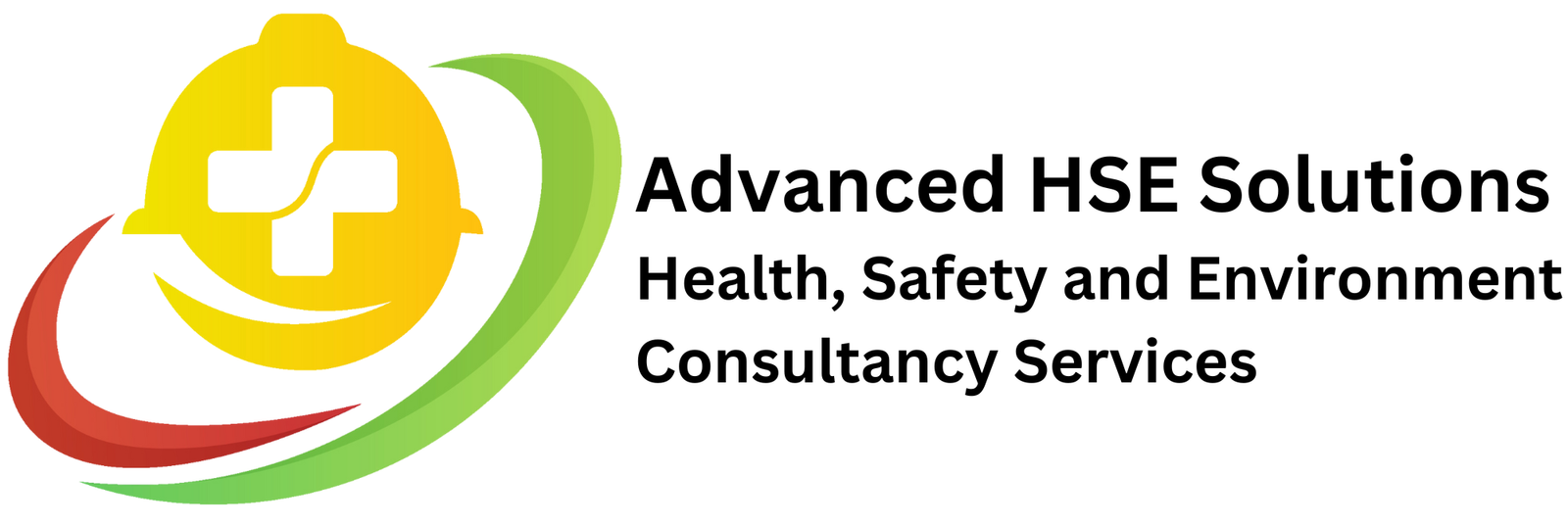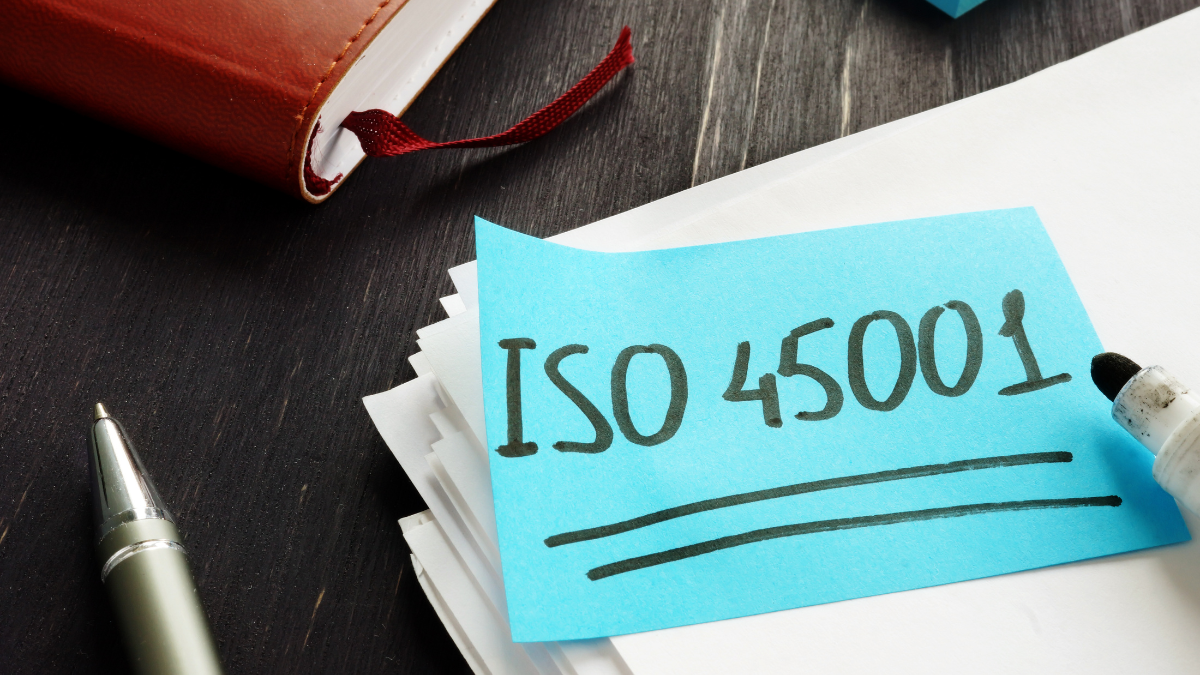Table of Contents
Key Takeaways:
- NRCEP Malaysia lays out a clear, structured pathway to become a certified environmental professional — it outlines the qualifications, work experience, and competency assessments you’ll need, so you know what to aim for.
- Getting certified boosts credibility and career mobility in Malaysia’s environmental sector; it opens doors to regulated projects, consultancy roles, and stronger professional recognition.
- There are practical supports like competency frameworks, mentorship options, and assessment guides to help applicants prepare efficiently, so you can plan your training and experience with confidence.
There’s a clear pathway through NRCEP Malaysia that guides you from training to recognized environmental professional status; it outlines competency standards, assessment steps, and practical experience requirements so you can map out your career progression. You’ll gain structured learning, assessed on real-world skills, and a credential that employers value. Along the way you’ll find resources, mentoring and assessment checkpoints to help you meet national standards and boost your credibility in the environmental sector.

Decoding NRCEP Malaysia: The Certification Landscape
NRCEP structures professional recognition around clear competency mapping, aligning technical competencies with regulatory touchpoints such as DOE requirements and ISO 14001 practices. You’ll navigate a tiered pathway—entry, practitioner and specialist levels—each demanding documented evidence, workplace assessments and ongoing CPD; many employers expect 30–40 CPD hours over a two‑year cycle. Practical casework and verified project portfolios often weigh as heavily as formal exams, so your day‑to‑day experience becomes the core of your credentialing dossier.
The Role of EiMAS in Environmental Competency
EiMAS operates as the operational backbone for training, assessment and accreditation within the NRCEP framework, accrediting course providers and convening independent exam panels. You can access modular, competency‑based workshops—typically 2–5 days—plus workplace assessment schemes and e‑portfolio platforms that record your skills. Industry partnerships with universities and employers mean the learning pathways link directly to job roles, so your certified competencies match the demands of hiring managers and project leads.
Ensuring Accountability through Professional Standards
Professional standards under NRCEP enforce a code of conduct, defined competency checklists and a public registry that verifies your standing to clients and regulators. Renewal cycles, usually every two years, require CPD evidence and sometimes sampled workplace audits; non‑compliance triggers remediation steps or temporary suspension. These mechanisms make sure your certification reflects current capability, so you retain credibility on contracts and tenders.
Accountability processes are operational: complaints typically get a 30‑day preliminary review and a full investigation window of about 90 days, with outcomes ranging from mandatory corrective training to probation or revocation for serious breaches. You’ll be asked to submit work samples, supervisor attestations and CPD logs during audits, and the registry records enforcement actions publicly; this transparency helps clients choose qualified practitioners and encourages continuous improvement in your professional practice.
The Need for NRCEP Certification

By securing NRCEP, you demonstrate technical competence that regulators and clients expect for EIA, waste-management, and emissions-monitoring roles. Certification helps you clear audits, qualify in public tenders, and avoid project delays that can add weeks or months of rework. In a market where environmental due diligence influences financing and contractor selection, your NRCEP credential becomes a practical asset that speeds approvals and strengthens project delivery.
Legal and Regulatory Imperatives for Environmental Functions
Under the Environmental Quality (Amendment) Act 2024 and related regulations, you frequently need qualified practitioners to prepare EIAs, monitoring reports, and pollution-control plans; regulators often require certified signatories for submissions. Missing credentials can lead to permit refusals, fines, or stop-work orders that stall projects. Holding NRCEP lets you lawfully represent clients before authorities and reduces legal exposure during inspections and compliance audits.
Enhancing Corporate Reputation and Compliance
Certifying your team with NRCEP signals to investors, lenders, and multinational clients that you meet professional environmental standards, boosting ESG metrics and smoothing due diligence. Firms with certified staff often secure faster procurement approvals and improved access to green financing, since lenders and partners commonly request demonstrable environmental expertise during project underwriting.
When you align NRCEP credentials with ISO 14001 implementation, GRI disclosures, or sustainability-linked loan KPIs, your reporting gains credibility. Certified professionals streamline scope 1–3 emissions inventories, manage mitigation measures, and support third-party verification for green bonds, which can translate into preferential tender scoring, lower insurance premiums, and a clear competitive edge in bids.
The Spectrum of NRCEP Environmental Professional Categories
NRCEP groups professionals by technical scope and responsibility, letting you match certifications to career goals—from operational roles in waste or water to strategic positions in compliance and remediation; each category aligns with specific competencies, experience thresholds (commonly 3–5 years), exam formats, and CPD expectations so you can plan training, employer conversations, and project portfolios around clear progression milestones.
Navigating the CePSWaM Certification
CePSWaM focuses on solid waste systems: landfill engineering, transfer stations, recycling operations, and waste-to-energy options. You’ll be tested on design principles, regulatory frameworks under Malaysia’s DOE guidelines, and operational best practices. Typical entry asks for field experience plus technical coursework, and maintenance involves annual CPD—making this certification especially valuable if you manage municipal contracts or private sector waste projects.
Deep Diving into CePIETSO and CePA Specializations
CePIETSO targets industrial emissions, toxic substance control and odor management, while CePA emphasizes pollution assessment, site investigation and remediation planning; you’ll study air dispersion modeling, groundwater sampling protocols, risk characterization and legal compliance. Exams blend written theory, practical field assessments and a case-study component, positioning you to lead complex contamination and emissions projects across industry and consultancy roles.
In practice, you may run AERMOD dispersion models, oversee borehole and soil sampling with strict chain-of-custody, and evaluate remediation options like in-situ bioremediation or pump-and-treat systems for a client site. Certification often asks you to submit a professional portfolio plus a detailed case report (commonly 1,500–3,000 words) documenting methodology, data interpretation and regulatory recommendations to Malaysia’s DOE or other regulators.
Understanding Other Specialized Environmental Certifications
Beyond core NRCEP tracks, specialists include ISO 14001 lead auditors, EIA practitioners, water quality analysts and hazardous-materials technicians; you’ll choose based on sector demand—construction, manufacturing, consultancy or government—and follow distinct pathways involving short courses, exams and practical audits or report submissions to build credibility with employers and regulators.
For example, pursuing ISO 14001 lead auditor training typically involves a 30–40 hour course plus an assessment and documented audit experience, while EIA-related credentials expect competency in scoping, impact mitigation and stakeholder engagement for statutory submissions. These specializations often pair well with NRCEP credentials to broaden your project roles and marketability.
The Roadmap to NRCEP Certification: Steps to Success
You follow a clear sequence: confirm eligibility, complete targeted training, pass assessments, submit your portfolio and application, then maintain certification through CPD. Many candidates progress in five stages over 6–18 months, combining classroom modules, field practicums and a final competency review. Practical examples—such as completing a 5-day site audit course followed by a portfolio submission—speed approval and demonstrate the blend of knowledge and skills NRCEP expects.
Prerequisites for Aspiring Environmental Professionals
You typically need relevant academic credentials (e.g., degree in environmental science, engineering, or related discipline) or equivalent practical experience—often 2–5 years working on EIA, compliance monitoring, or pollution control. Prepare a project log with at least two detailed case summaries showing roles, methods and outcomes; include technical reports, sampling data and evidence of regulatory interactions to substantiate your experience during application review.
Training and Assessment: Crafting Competency
You undergo structured training—mixes of online modules, classroom workshops and field practicums—then face assessment via written tests, portfolio reviews and a competency interview or practical audit. Core modules cover EIA, waste management, water quality and environmental law. Many providers bundle a 3–7 day workshop with an assessment session so you can apply learning directly to a real-site case study before submitting evidence to NRCEP.
Assessment relies on a competency framework that maps knowledge, technical skills and professional conduct to certification levels. Expect to demonstrate sampling protocols, chain-of-custody procedures, QA/QC data interpretation and application of the Environmental Quality Act 1974 in case reports. Practical tasks—such as producing a 10–15 page site audit with corrective action plans—often carry as much weight as a written exam, so prioritize hands-on evidence in your portfolio.
Maintaining Certification: The Role of Continuing Professional Development
You maintain currency by accumulating CPD through courses, conferences, publishing, teaching or leading audits. Typical requirements ask for periodic evidence—commonly logged annually or every two years—showing a mix of formal training and professional practice. Structured CPD keeps you aligned with evolving standards, such as amendments to discharge limits or new pollutant monitoring techniques introduced in national guidance.
Practical CPD options include attending accredited workshops, completing short courses in emerging topics (e.g., microplastics sampling), presenting case studies at conferences or mentoring juniors. Log activities in your NRCEP profile with supporting documents—attendance certificates, reports or publications. Missing CPD targets can trigger remediation steps like targeted refresher training or a competency reassessment, so plan your development activities across the certification cycle.
Transformative Advantages of NRCEP Certification for Professionals and Organizations
NRCEP certification elevates your professional credibility and gives your organization verifiable competency in environmental management, often shortening regulatory reviews and improving stakeholder confidence. Employers frequently cite certified staff when bidding for projects, and you gain access to professional networks, technical resources, and continuing education that sharpen practical skills. Organizations report measurable outcomes such as faster permit approvals and fewer regulatory queries after adopting NRCEP-recognized processes.
Career Growth and Recognition for Individuals
Earning NRCEP opens tangible career doors: you become eligible for roles that require accredited environmental expertise, often commanding salary uplifts of 10–20% and faster promotion timelines within 12–18 months. Practical benefits include being trusted to lead EIA submissions, supervise compliance audits, and mentor junior staff. Employers value your certified competency when allocating high-visibility projects, which accelerates your professional profile and industry recognition.
Strategic Benefits for Organizations in Compliance and Efficiency
Having NRCEP-certified personnel streamlines compliance workflows and reduces regulatory risk by demonstrating standardized competency to authorities and clients. You can expect more efficient permit processing, clearer audit trails, and consolidated training needs that lower operational overhead. Certification also enhances your bid competitiveness, as procurement evaluators increasingly favor teams with accredited environmental qualifications.
Digging deeper, certified staff help you translate regulatory requirements into repeatable procedures—standard operating procedures, monitoring plans, and corrective-action templates—that cut incident response times and non-compliance rates. Case examples across industry sectors show organizations achieving 15–25% fewer audit findings and faster corrective closeouts; those efficiencies translate into lower fines, reduced downtime, and clearer documentation for stakeholders and investors.
Navigating Challenges and Seizing Opportunities in Environmental Certification
High upfront costs, time constraints, and patchy employer support often slow your certification journey, but practical steps can overcome them: break requirements into bite-sized modules, document workplace projects as evidence, and tap training funds like HRDF if eligible. Regulatory shifts—from stricter discharge limits to expanded ESG disclosure—create demand for certified talent, so align your CPD and portfolio with specific standards such as ISO 14001, EIA reports, and carbon accounting to turn barriers into career leverage.
Overcoming Barriers to Certification
Limited time and proof-of-experience hurdles make structured planning vital: map required competencies, convert two to five workplace tasks into evidence, and pursue employer sponsorship or modular online courses to shorten prep to 6–12 months. Peer study groups and mentorship from senior NRCEP holders accelerate progress; one junior EIA officer secured certification in nine months by compiling three project reports, logging CPD, and obtaining employer verification.
Capitalizing on Market Demand for Certified Professionals
Rising ESG expectations and sector compliance needs—energy, manufacturing, plantations, and consultancy—mean your certification directly translates to opportunities in compliance, carbon accounting, and sustainability reporting. Bursa Malaysia’s emphasis on sustainability disclosure and banks’ green-finance criteria have boosted demand for qualified practitioners, so position your skills around these high-value services to access consultancy contracts and in-house specialist roles.
Market yourself by quantifying impact: list ISO 14001 audits led, EIA outcomes, emission reductions or cost savings in metrics (e.g., tonnes CO2 avoided, % waste reduction). Get listed on NRCEP directories, present case studies at industry workshops, and target tenders requiring certified personnel—demonstrable results and searchable credentials often win shortlists and higher-fee assignments.
Conclusion
Considering all points, NRCEP Malaysia gives you a clear pathway to environmental professional certification, blending practical standards, recognized credentials, and ongoing development so you’re prepared for real-world challenges. If you follow the steps and engage with peers and mentors, you’ll strengthen your expertise, expand your network, and open doors to meaningful roles in sustainability. It’s a pragmatic route that supports your growth and professional credibility.
FAQ
Q: What is NRCEP Malaysia and who should consider getting certified?
A: NRCEP Malaysia is a national pathway for recognising environmental professionals’ skills and experience. It’s designed to give you formal recognition, improve your credibility with employers and clients, and open doors to higher-responsibility roles in environmental management, compliance, consulting or government. If you work in environmental science, engineering, EHS, impact assessment, waste management or a related field — whether you’re an early-career practitioner aiming to stand out or a mid-career pro wanting formal acknowledgment of your competencies — NRCEP is worth exploring.
Q: What are the typical eligibility requirements and the step-by-step pathway to certification?
A: Eligibility usually combines education and practical experience: typically a relevant degree plus several years of professional practice, or a diploma plus more extensive experience; senior applicants without formal qualifications may be assessed on a case-by-case basis. The usual pathway is: 1) self-assess against the competency framework, 2) compile a portfolio (CV, project summaries, references, evidence of outcomes), 3) submit an online application and pay the assessment fee, 4) undergo competency assessment — this can include written tests, practical assessments or an interview, and 5) receive certification if assessed competent. To prepare, gather clear examples of projects, quantify your impact (e.g., reduced emissions, compliance outcomes), and get referees ready to support your claims.
Q: How do I apply, what timeline and costs should I expect, and how do I maintain the certification?
A: Applications are generally submitted through the NRCEP portal or the administering body’s website with your documents and fee. Assessment timelines vary but expect several weeks to a few months from submission to outcome, depending on assessment type and scheduling. Fees vary by level and assessment method, so check the official fee schedule before applying. Once certified, you’ll need to meet continuing professional development (CPD) requirements and renew periodically — commonly a multi-year cycle (for example, every 2–4 years) with a set number of CPD hours to keep your status active. Keep a log of training, presentations, audits, and project learning to make renewal straightforward.














